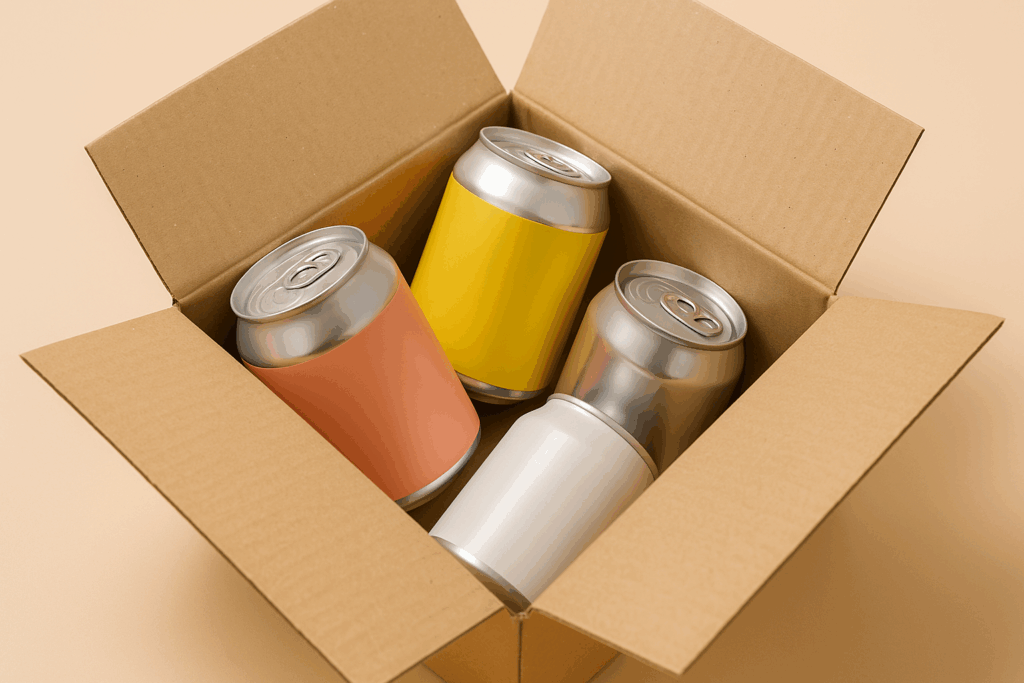In the hospitality industry, it’s common to lose trust and momentum due to simple marketing missteps. From weak branding to ignoring PR strategies, these avoidable errors hurt brand growth. Whether you’re running a small coffee shop or managing a hotel restaurant, working with a restaurant branding company can help your brand communicates clearly and consistently to audiences. Here’s a look at 9 of the most common mistakes in restaurant marketing and how to fix them.
Mistake #1: Inconsistent Branding
Customers won’t know what to expect if your restaurant doesn’t have a clear brand promise, story and personality. A strong brand story gives your marketing and PR a clear direction and helps unify everything from your logo to your menu.
You make your brand easier to understand and relate to when you establish clear brand standards. This will also build trust and keep the customer experience consistent. A brand promise is your commitment to guests that every visit will deliver the same quality of food and service. Without this foundation, your message becomes unclear and customers may choose a different restaurant.
Mistake #2: No PR Plan or Budget
Effective advertising doesn’t come from guesswork but it starts with a strategic plan, like setting long-term goals, defining a clear strategy and allocating a clear budget.
Every marketing effort should connect to a clear goal and be measured for results. Here are some questions you need to ask before launching any campaign:
- What are the specific goals of the campaign?
- When will it launch and how long will it run?
- Are there important dates, holidays, or seasons to align with?
- How will the budget be divided between PR, paid ads and organic content?
- Which social media channels will you use, who will manage them and how often will you post?
Mistake #3: Ignoring the Benefits of Social Media
Most of the customers spend much of their time online and social media platforms like Facebook and Instagram are one of the best ways to connect with them.
You’re missing out on new customers and potential revenue if your restaurant isn’t active on social media. Research shows that about 90% of people are more likely to purchase from brands they follow on social media.
A good approach is to allocate around 40% of your marketing budget to digital and social media. As with any campaign, a brand needs to set clear goals, measure results and adjust based on what works. Stay current with trends, watch your competitors and bring in experts when needed to strengthen your strategy.
Mistake #4: Missing Out on Free Publicity
Many restaurants overlook public relations (PR) because they think it’s just self-promotion. A strong PR builds credibility by letting trusted voices share your story and unlike traditional ads that people often tune out, media coverage feels more authentic and persuasive.
Good PR can take many forms from press releases and local news features to influencer collaborations and community events. These create buzz and give customers a reason to talk about your restaurant. The more people share your story, the more trust and visibility you earn without spending heavily on advertising.
Mistake #5: Being Caught Off Guard During a Crisis
Many restaurants don’t think about crisis planning until they’re already in trouble. What if multiple guests report food poisoning, a drunk customer causes an accident or a natural disaster forces you to close? The best way to handle a crisis is to prepare for it before it happens.
Work with PR and legal experts to outline possible scenarios and build step-by-step response plans. This should include knowing who to contact, how to protect your staff and operations and how to communicate with your community during difficult times. With a solid plan in place, you’ll be able to respond quickly and professionally.
Mistake #6: Having a Poor Website That Pushes Customers Away
Your website is often the first impression people have of your restaurant and it directly affects whether they decide to dine or to go to another restaurant. In fact, research shows that one in three customers checks a restaurant’s website before dining there for the first time.
If your site looks outdated, loads slowly or is missing basic details like your menu or operating hours, potential guests are likely to move on to a competitor. Investing in restaurant website optimization ensures your site looks appealing, loads quickly and functions seamlessly.
It should be mobile-friendly, easy to navigate and designed with different users in mind. Desktop visitors may want to explore more in-depth information, while mobile users typically look for quick access to your menu, hours, or location.
Mistake #7: Neglecting Word-of-Mouth Marketing
Many restaurants assume that good food and service alone will generate buzz. While these are important, relying only on them misses the opportunity to actively encourage word-of-mouth marketing. PR focuses on getting others to share your story naturally and today’s social media platforms like Instagram, Facebook, Pinterest, and Twitter make it easy for people to spread the word.
Conversation starters that keep your restaurant at the forefront of people’s minds include original experiences, imaginative advertising or even lighthearted antics. Only with strategy and consistency can word-of-mouth advertising be successful. Your restaurant will lose its appeal if you don’t maintain the momentum. Continually providing clients with experiences worth sharing is essential to remaining memorable and relevant.
Mistake #8: Confusing Branding with Off-Message Visuals
Your brand should be reflected in every element of your restaurant such as the menu design, colors, décor and logo. When visuals don’t match your cuisine, they send the wrong message and cause confusion.
For example, neon designs or abstract patterns may be in style but they don’t always go well with a meal. Instead, the right message is told with the aid of earthy hues, organic textures and images that are inspired by food.
Avoid images that are not cohesive with your theme and instead choose colors that stimulate appetite, such as oranges, reds and warm hues. Making every design decision to tell your story and attract people to consume is the aim.
Mistake #9: Ignoring the Power of Customer Data
Many restaurants miss the chance to truly understand their customers. Without tracking who your diners are and what they prefer, marketing becomes a guesswork. Unlike online businesses, restaurants have the advantage of face-to-face interaction.
Start by building a simple customer database by collecting feedback through surveys or reviews, loyalty programs, or comment cards, and stay connected with repeat guests through email campaigns or follow-up messages. Even engaging just 10% of your diners can show valuable insights.
Ask customers how they prefer to hear from you whether by text, email, or social media and respect those preferences. The more you learn about your guests, the easier it becomes to tailor your marketing and build stronger relationships
Wrapping Up: Building a Stronger PR Foundation
Building a brand story that customers connect with, trust and remain loyal to is more important than simply selling food. Mistakes such as failing to plan for crises or overlooking earned media not only cost sales but also damage your reputation.
The good news is that these errors can be avoided with preparation, strategy and focus. Partnering with an experienced restaurant branding company can help you maintain a consistent voice, strengthen customer relationships and protect your brand’s image.
Are you ready to strengthen the foundation of your brand? Explore our creative services or contact our team today to learn strategies that drive long-term success.





